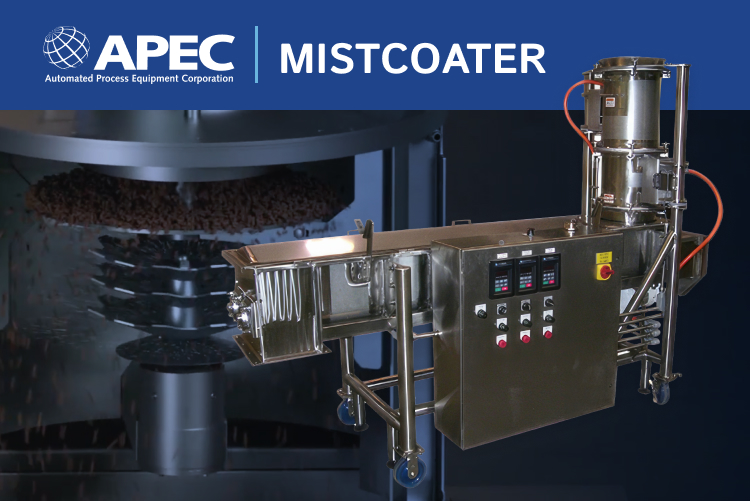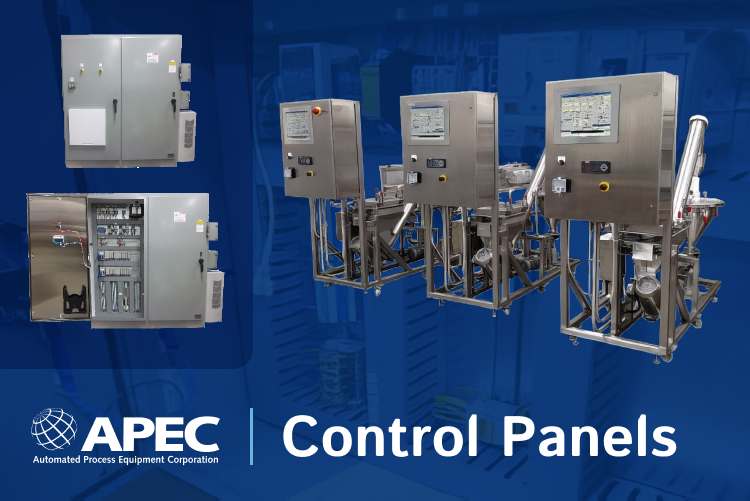
The right finish on your custom fabrication project can help to protect the metal, extend the lifetime of the project, and create a clean, polished look. There are many metal finishing options for custom fabrication projects. Which you choose will depend on what you want to accomplish with your metal fabrication project. Here are a few of the options available.
Metal Finishing Options for Custom Fabrication Projects
Powder Coating
Powder coating is a common metal finishing option for custom fabrication projects. This process not only provides a tough, durable exterior, but it can also provide any color or texture. With powder coating, the custom fabrication project can take on any type of gold, silver, brass or other types of metallic finish. The project can also be any color or shade, with glossy or matte finishes, and even different textures. Powder coating is also efficient and highly versatile. This provides many options for many different projects.
Metal Plating
In some cases, a custom fabrication project may need a different type of metal plating. Metal plating can help the project resist corrosion, especially from galvanic corrosion. Galvanic corrosion occurs when two different metals come into contact with each other and a corrosive electrolyte, usually water or salt. In these conditions, one metal is an anode and the other is a cathode. The anode corrodes faster, destabilizing the project overall. Metal plating can help to prevent or slow this process by interrupting the reaction. Metal plating can also be used to give a project more stability by using a tougher metal that will resist scratches or wear-and-tear. Or, it can be used to create a particular look, such as with gold or silver plating.
Anodizing
Anodizing is an effective metal finishing option particularly for aluminum custom fabrication projects. This process usually uses an acidic solution to strengthen the naturally-occurring film that helps aluminum resist corrosion. Anodizing metals not only resist corrosion, but they are also more resistant to other types of wear-and-tear, such as damage from UV. This process also makes it easy to dye the metal at the same time.
Galvanizing
Galvanizing or zinc coating is a popular metal finishing option for custom fabrication projects made from steel or iron. In this process, a layer of zinc is deposited onto the metal surface, usually through hot-dip galvanizing or through electrogalvanizing. The layer of zinc helps to prevent rust from forming on the metal’s surface. This process also creates a distinctive, spangled look. Since it is especially useful for steel fabrications that will be exposed to the elements, it’s common for automobile components, bicycles, roofing, nails and similar items.
Sand Blasting
Sand blasting is a different type of finishing option. Instead of covering the surface with a protective layer, this process wears away imperfections through friction and abrasion. Small defects can be eliminated, the process can produce a clean, smooth surface, or it can be used to prepare an item for painting or another type of finishing.
Polishing
Many metal fabrication projects are already made from a durable, corrosion resistant metal, and do not require additional layers. In this case, the metal may simply be polished to give it a clean, finished shine. Polishing uses gentle friction to eliminate minor scratches and imperfections, and give the metal a brighter shine. This simple process can be used for many different types of metal, from stainless steel to brass to chromium and many more, as well as metal-plated products and products with other types of finishes.
Hot Blackening
Hot blackening is another method for improving corrosion resistance in iron-based alloys, and also creating a distinctive look. This process uses black oxide to stabilize the surface of the metal and prevent it from rusting. While hot baths of black oxide are usually used to create this effect, the process can also be completed using a mid-temperature or cold bath. Once completed, the metal will have a distinctive black, matte appearance. THis process is commonly used for automotive parts, tools, and firearms.
This list includes a few of the most common metal finishing options for custom fabrication projects, though there are many others. If you are looking for a particular appearance for your metal fabricated components or products, resistance against particular threats, or you have other concerns with metal finishes, contact us. We’ll help you find the right finish for your project.






